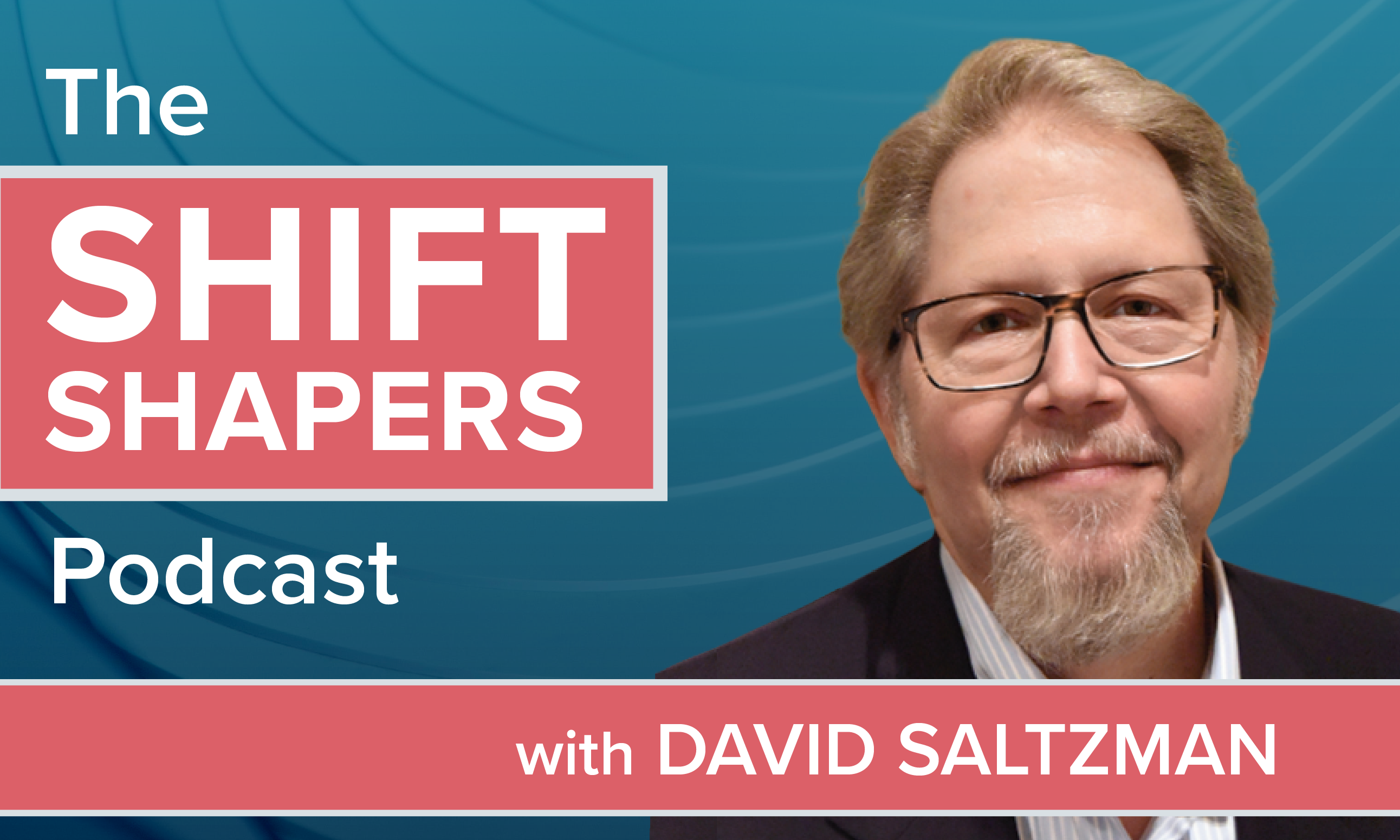Organizations are already grappling with an uncertainlegislative and regulatory landscape. And as 2017 begins to unfold,possible changes to federal and state human resources and healthcompliance laws are looming large.
|There's uncertainty around potential changes to health caresystems, tax regulation and employment law, as well as the constantvigil that's under way to see what decisions the Trumpadministration will make — and their impact. Clearly, it's stilltoo early to know exactly what will change or to what extent. Butthere are certain laws and regulations that appear destined to bealtered.
|That includes the Affordable Care Act (ACA), the revised EmployerInformation Report (EEO-1) and related pay equity regulations, thefederal tax code, retirement plans, and the Fair Labor StandardsAct (FLSA).
|While we're all waiting to see how changes to thesebusiness-critical regulations may impact us, here are sixconsiderations to keep in mind:
|1. A complete and immediate repeal and replacement ofthe ACA is unlikely, but changes to the law are all butcertain.
|The ACA is one of the most debated pieces of legislation in theUnited States today. But what does that mean for the future ofhealth care reform in the near term?
|First and foremost, it's important to focus on facts versusspeculation:
The Affordable Care Act is the law, and will remain so untilit's not.
Change won't happen overnight. Any transition to a new structurewill likely take time — by some estimates up to two or threeyears.
Approximately 10 million people are getting subsidized healthcoverage through the ACA marketplaces (aka exchanges), and another10 million are insured through the ACA's expansion of Medicaid.Certainly, no one wants to see these people lose their healthcoverage as a result of an ACA repeal.
A wholesale replacement of the ACA would require congressionalaction.
It's also important to remember that any change to the ACA willbring its own set of new compliance complexities and challenges.Regular monitoring of these initiatives is one of the best ways toinform your understanding of the complex compliance, financial, andstrategic issues that may impact your clients' workforce.
|2. Changes to the EEO-1 form could proceed, be delayed,revised or completely withdrawn. However, states are expected tocontinue pay-equity efforts in the foreseeable future.
|Each year, businesses are required to file an EEO-1 report withthe U.S. Equal Employment Opportunity Commission. Revisions to thereport will now require companies to include information on wagesand hours worked along with longstanding reporting of workforcecharacteristics by gender, race/ethnicity, and job category.
|Employers are preparing to comply with the published EEO-1revisions that take effect in 2017 by merging data from HR, payrolland timekeeping systems, and evaluating how compliance will impacttheir 2017 budgets. It's too early to determine the specificchanges to federal and state pay equity laws and reporting, but anexamination of the issue and potential legislative and regulatoryresponses is expected to continue.
|3. Comprehensive tax reform is likely.
|This should come as no surprise to finance and HR leaders. A newpresidential administration or shift in political party control inCongress often precipitates tax reform. This year, elements thatcould affect employer sponsored benefits include proposed caps onthe tax preference for employer health benefits, limits on the taxpreference for retirement plan savings and employer contributions,and expanded health savings accounts. We may also see reformelements that directly affect businesses, individuals, andinternational business taxation.
|Business leaders should keep abreast of tax reform legislationas it progresses through Congress, and prepare to comply.
||4. Currently, one-third to one-half of the U.S.workforce cannot save for retirement through payrolldeductions.
|Automatic-enrollment retirement plan mandates have been enactedby several states. Although these laws are intended to addressemployers that do not offer a retirement plan, they may affectemployers who already sponsor retirement plans. Further, recentU.S. Department of Labor regulations would permit mandates by largecities or counties. These rules may be subject to review orwithdrawal by the new administration.
|Leaders of large businesses should prepare for compliance withdiverse state and local automatic-enrollment retirement planmandates, and small businesses may want to monitor Congress'spotential to permit multi-employer plans, which might facilitateadoption.
|5. Uncertainty surrounds the FLSA overtime rules, with arecent legal injunction putting initial changes onhold.
|Even though the fate of the proposed FLSA changes is uncertain,it's still imperative that employers determine who in theirworkforce could be impacted by the overtime rules, as well as evaluate whichbenefits they offer that could be impacted. Communication withemployees is critical during this time of uncertainty. The newadministration could possibly amend the FLSA overtime rules orpotentially eliminate the automatic increase clause, which statesthat salary levels for determining exempt status will automaticallyincrease every three years beginning January 1, 2020.
|6. A variety of new paid sick leave and family leave laws have also beenproposed, increasingly at state and local levels.
|Proposed tax rules would allow working parents to deduct fromtheir income taxes child care expenses for up to four children andexpenses for elderly dependents. New dependent care savingsaccounts, tax-deductible contributions and tax-free appreciationyear-to-year are potential changes that could materialize.
|While there are no immediate actions or changes companies mustprepare for on this front, business leaders should remain alert forpossible changes.
|Keeping a watchful eye on developing and evolving humanresources and health care reform legislation only makes sense in anuncertain political climate. In the meantime, however, a prudentpath is to comply with existing laws and regulations, while youprepare for potential shifts that could affect your clients andtheir employees.
Complete your profile to continue reading and get FREE access to BenefitsPRO, part of your ALM digital membership.
Your access to unlimited BenefitsPRO content isn’t changing.
Once you are an ALM digital member, you’ll receive:
- Critical BenefitsPRO information including cutting edge post-reform success strategies, access to educational webcasts and videos, resources from industry leaders, and informative Newsletters.
- Exclusive discounts on ALM, BenefitsPRO magazine and BenefitsPRO.com events
- Access to other award-winning ALM websites including ThinkAdvisor.com and Law.com
Already have an account? Sign In
© 2024 ALM Global, LLC, All Rights Reserved. Request academic re-use from www.copyright.com. All other uses, submit a request to [email protected]. For more information visit Asset & Logo Licensing.








